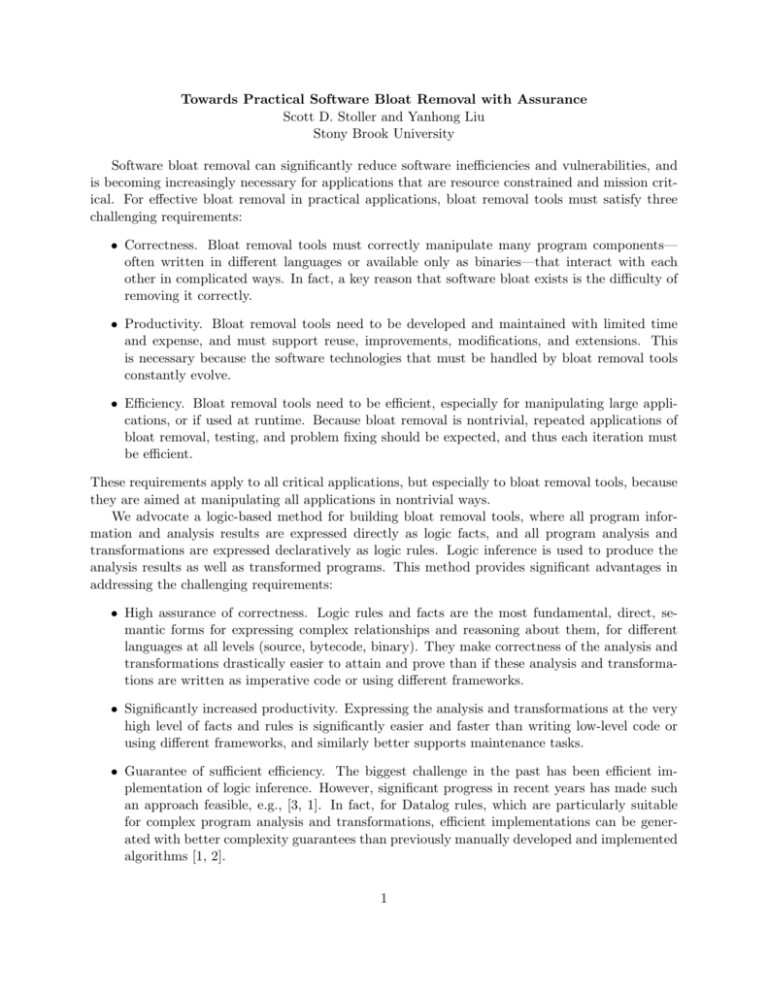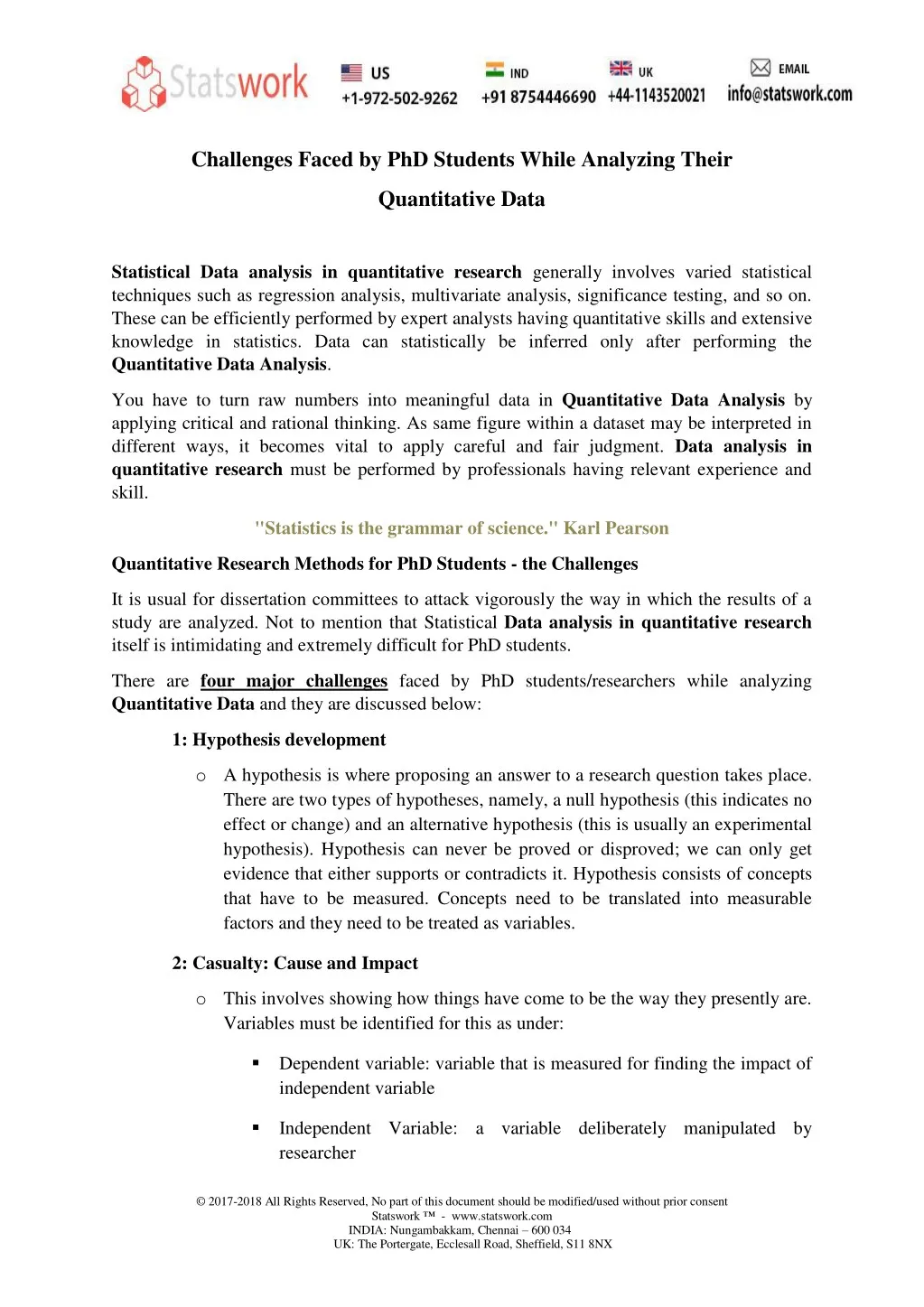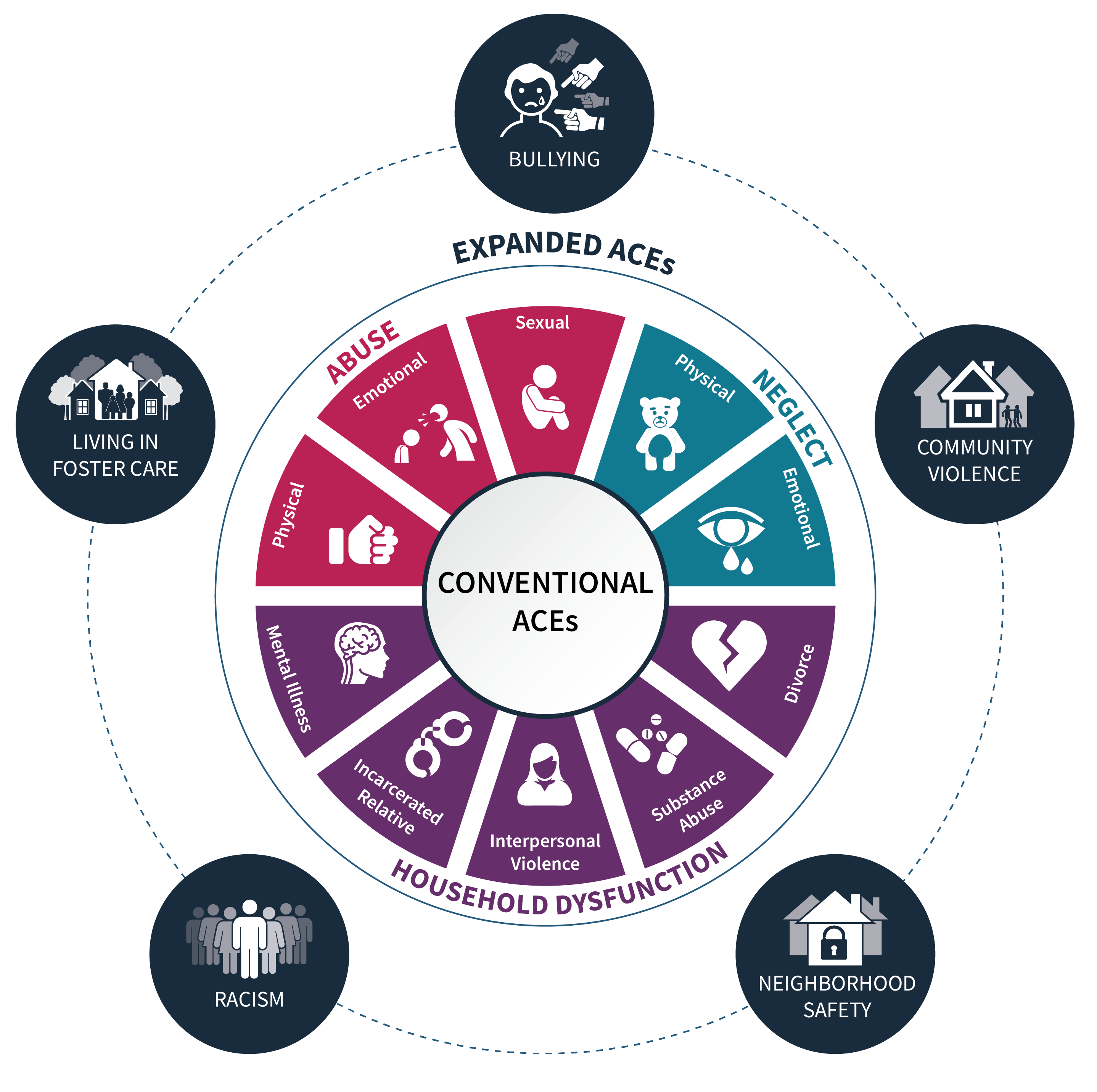Can We Curb America's Truck Bloat? Exploring Practical Solutions

Table of Contents
The Environmental Impact of Larger Trucks
America's Truck Bloat significantly contributes to environmental degradation. Larger trucks, simply put, consume more fuel and generate higher emissions.
Increased Fuel Consumption and Emissions
The correlation between truck size and fuel inefficiency is undeniable. Larger, heavier trucks require more energy to move, leading to substantially increased fuel consumption. This directly translates to a higher carbon footprint and increased greenhouse gas emissions, contributing significantly to air pollution and climate change. According to the EPA, heavy-duty vehicles account for a disproportionately large share of transportation-related greenhouse gas emissions.
- Current emission standards like those set by the EPA are constantly being updated, but stricter regulations are needed to truly address the problem.
- Alternative fuels such as biodiesel, compressed natural gas (CNG), and even electric power offer potential solutions for smaller, more fuel-efficient trucks, reducing our reliance on fossil fuels.
Road Damage and Infrastructure Costs
Heavier trucks inflict significantly more damage on roads and bridges than smaller vehicles. The constant pounding of oversized trucks leads to accelerated pavement deterioration, requiring more frequent and costly repairs. This increased infrastructure maintenance burden ultimately translates to higher taxes and reduced funds for other crucial public projects.
- Studies show a direct correlation between heavy truck traffic and the rate of pothole formation and road surface degradation. The costs associated with repairing this damage are astronomical.
- The long-term cost of maintaining our roads under the pressure of America's Truck Bloat is unsustainable without significant changes. We need to look at preventative measures as well as reactive repairs.
Safety Concerns Associated with Oversized Trucks
America's Truck Bloat presents serious safety hazards for all road users.
Increased Accident Risk
Larger trucks inherently pose a greater accident risk due to their size and weight. Their increased braking distances and larger blind spots contribute to a higher likelihood of collisions. The severity of accidents involving large trucks is often significantly greater, resulting in more severe injuries and fatalities.
- Statistics from the National Highway Traffic Safety Administration (NHTSA) consistently highlight the disproportionate involvement of large trucks in serious accidents.
- Improved driver training programs focusing on defensive driving and hazard perception are crucial in mitigating risks.
Pedestrian and Cyclist Vulnerability
Pedestrians and cyclists are particularly vulnerable to accidents involving larger trucks. The extended blind spots of these vehicles make it difficult for drivers to see vulnerable road users, increasing the risk of collisions.
- Technological advancements like advanced driver-assistance systems (ADAS), including blind-spot monitoring and automatic emergency braking, can significantly improve safety for all road users.
- Improved urban planning that prioritizes pedestrian and cyclist safety, including dedicated bike lanes and wider sidewalks, can also play a vital role.
Potential Solutions to Curb Truck Bloat
Addressing America's Truck Bloat requires a multi-pronged approach.
Implementing Stricter Weight and Size Regulations
One effective strategy is to implement stricter weight and size regulations for trucks. This could involve lowering weight limits and restricting the maximum dimensions of vehicles allowed on certain roads.
- Successful implementation of stricter regulations in other countries can serve as a model for the US. Careful consideration of economic impacts on the trucking industry is crucial.
- A phased approach to stricter regulations, allowing the industry time to adapt, could minimize disruption and maximize compliance.
Encouraging the Use of More Fuel-Efficient Trucks
Incentivizing the adoption of smaller, more fuel-efficient trucks is another key element. This could be achieved through various measures:
- Tax incentives: Offering tax breaks or subsidies for purchasing fuel-efficient trucks.
- Fuel efficiency standards: Setting stricter fuel economy standards for heavy-duty vehicles.
- Technological innovation: Investing in research and development of hybrid and electric trucks, alongside advancements in aerodynamic design.
Investing in Improved Infrastructure
Investing in better roads and infrastructure is crucial to withstand the impact of heavy trucks and potentially reduce the need for oversized vehicles.
- Improvements in road design, materials, and construction techniques can increase their durability and lifespan.
- Strategic planning, involving improved logistics and optimized routing for heavy trucks, can help minimize wear and tear on existing infrastructure.
Conclusion: Addressing America's Truck Bloat – A Call to Action
America's Truck Bloat poses significant environmental, safety, and economic challenges. The negative impacts on our environment, infrastructure, and public safety are undeniable. Implementing comprehensive solutions, including stricter regulations, technological advancements, and robust infrastructure investment, is crucial. We need to work towards reducing truck bloat and promoting safer, more sustainable trucking practices. We urge you to contact your representatives and advocate for policies that support these crucial changes. Visit [link to relevant organization/petition] to learn more and take action. Let's work together to curb oversized trucks and build a more sustainable transportation future.

Featured Posts
-
 Ftc Challenges Court Ruling On Microsofts Activision Blizzard Buyout
Apr 28, 2025
Ftc Challenges Court Ruling On Microsofts Activision Blizzard Buyout
Apr 28, 2025 -
 The Changing Face Of X A Look At The Financials Following Musks Debt Sale
Apr 28, 2025
The Changing Face Of X A Look At The Financials Following Musks Debt Sale
Apr 28, 2025 -
 Cassidy Hutchinson Memoir A Deeper Look Into The January 6th Hearings
Apr 28, 2025
Cassidy Hutchinson Memoir A Deeper Look Into The January 6th Hearings
Apr 28, 2025 -
 The China Factor Analyzing The Automotive Challenges Faced By Bmw And Porsche
Apr 28, 2025
The China Factor Analyzing The Automotive Challenges Faced By Bmw And Porsche
Apr 28, 2025 -
 Navigating The Shift Federal Workers Experiences In The State And Local Job Market
Apr 28, 2025
Navigating The Shift Federal Workers Experiences In The State And Local Job Market
Apr 28, 2025
Latest Posts
-
 Boston Red Sox Roster Shuffle Casass Demise And Outfield Change
Apr 28, 2025
Boston Red Sox Roster Shuffle Casass Demise And Outfield Change
Apr 28, 2025 -
 Red Sox Lineup Shakeup Casas Demoted Struggling Outfielder Returns
Apr 28, 2025
Red Sox Lineup Shakeup Casas Demoted Struggling Outfielder Returns
Apr 28, 2025 -
 Is This Red Sox Outfielder The Next Jarren Duran A Breakout Season Prediction
Apr 28, 2025
Is This Red Sox Outfielder The Next Jarren Duran A Breakout Season Prediction
Apr 28, 2025 -
 Orioles Announcers Jinx Finally Snapped After 160 Game Streak
Apr 28, 2025
Orioles Announcers Jinx Finally Snapped After 160 Game Streak
Apr 28, 2025 -
 Orioles Broadcasters Jinx Broken 160 Game Hit Streak Ends
Apr 28, 2025
Orioles Broadcasters Jinx Broken 160 Game Hit Streak Ends
Apr 28, 2025
